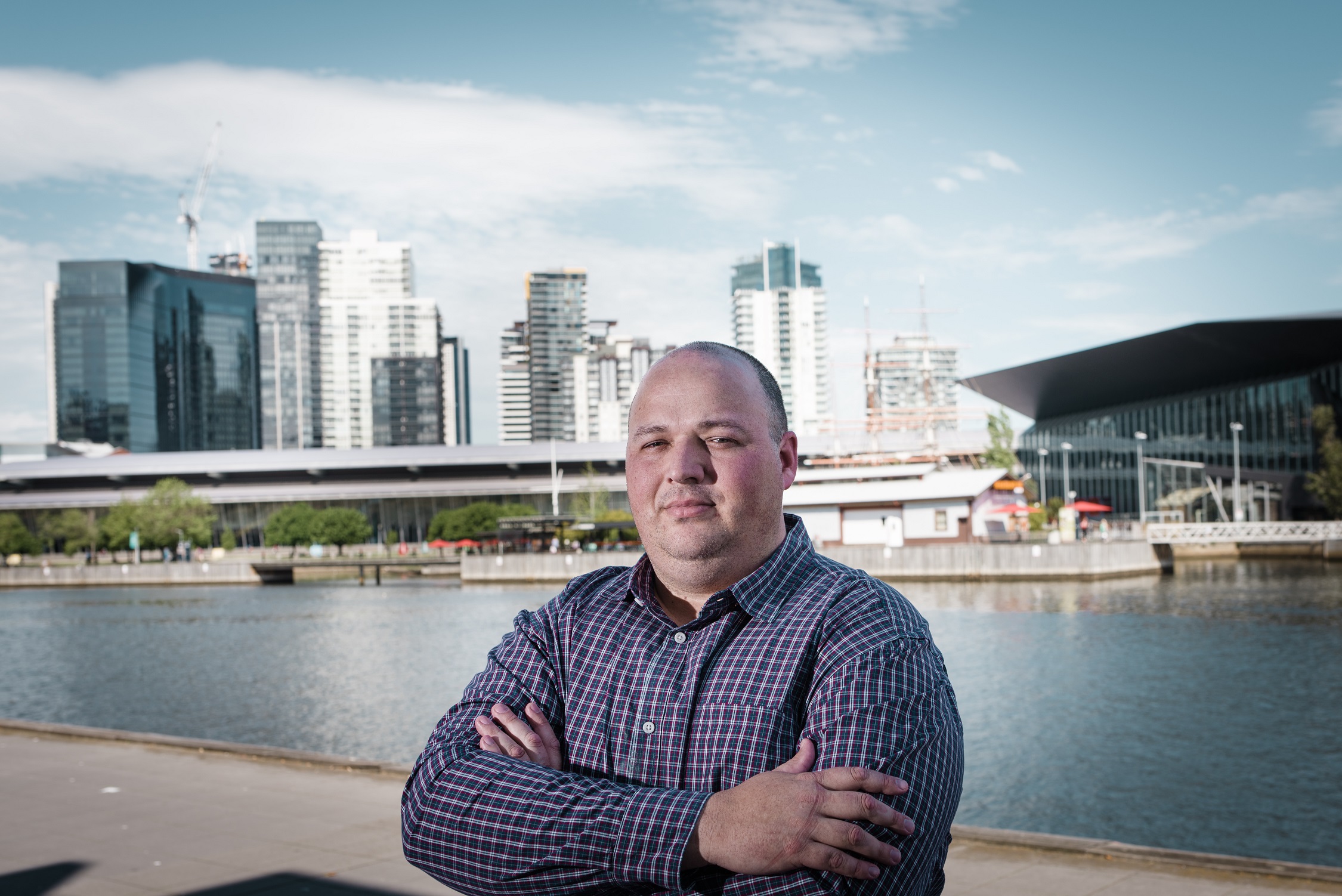Readify set to go in the business of analytics
How times have changed.
Mitch Denny, Chief Technology Officer for software company Readify, is reminiscing about his life in IT: “If I think back ten years ago, one of the things that I used to lament was every single time you’d walk into a client and go to ask them what they want to achieve, the answer would be some variant of a battleship grey application that runs on their desktop computer.
“There’s less of that these days. It’s much more about evolving their business process and streamlining it so that there’s not as much manual data entry, there’s a lot more automation and things just happen.“
Things just happen . . . it could almost be a slogan for the Internet of Things (IoT).
Readify is a software services company whose growth over the past few years has been supercharged by two recent acquisitions aimed at further cementing the company’s strong market position. The latest acquisition, of data modelling, analytics and visualisation company Heugin Consulting and its experts in engineering, mathematics, analytics and data science expand Readify’s ability to help clients through the world of IoT.
“It’s really quite a large range of customers that we work with, from small SME kind of organisations up to large enterprises, and the solutions we build are the full spread of the technology stack from web and mobile applications to fairly intensive data processing back ends,” Mitch said. “Data science is critical in IoT because it allows you to understand the volume of data you’re receiving and come up with the models needed to drive better decision-making.”
He sees IoT as being a shorthand way of describing a number of convergent trends: increased connectivity between devices and the internet; the scale of the cloud computing platforms that now exist; the relative ease and lack of expense in rapidly constructing prototypes of new and innovative ideas; and the groundswell of activity which is fed by an increasing number of people who see creating new things as an inherently good thing to do (hat tip to the maker movement).
“When you talk to a customer now about: ‘Here’s a project that’s worthwhile, but we could actually improve the collection of data by having a little custom device that’s interfaced with your equipment in the field,’ that now doesn’t sound like something that’s that far-fetched. Whilst it was probably achievable before, now it’s achievable at a price point that almost makes it something not to worry about.”
Readify is working on a number of IoT projects. One is focused on collecting the data required to support predictive maintenance scenarios which allows the creation of machine learning models which can predict failures from current data based on historical trends. This helps optimise the costs associated with scheduled maintenance activities. – “so if you can get to a device before it fails at an unexpected time, you can save production costs by picking the most ideal time to service that equipment and potentially avoiding something more serious, either a safety issue or even a service issue where other components might be damaged though the total failure of another component.”
Another project is being developed to gather telemetry and provide realtime feedback which is built on top of Azure App Service, Azure EventHubs and HDInsight for scalable storage. We are looking at scenarios where we plan to monitor data coming from hundreds of thousands of devices.
Mitch believes that apart from its extraordinary technological potential IoT could end up having a significant social impact.
“Just outside of the technology industry, I think that the level of service that we get delivered will go up. Because of all the sensors and all the telemetry being gathered constantly, the providers of equipment will also now be providing a service around maintenance and so things will just get fixed; it will be unusual to see things that aren’t working.
“We’ve got a bathroom in our building and one of the things that drives me nuts is the handtowels always run out. But what if those handtowels, that box that dispenses the handtowels, automatically sent a message to the cleaning staff when it ran out, and so the cleaning staff are more reactive to what’s actually happening, rather than working on the schedule? In fact, you could go one step further and predict when the towels are going to run out and organise servicing accordingly. So it’s predictive maintenance in a very focused area.”
He’s also convinced that the substantial lowering in price of equipment such as sensors, along with the innovation that’s being driven by technology, will ensure that IoT becomes just a part of everyday life.
“What’s going to happen is that you’re just going to see little IoT scenarios plugged into more and more of the projects that we do every single day,” Mitch said. “I don’t think you’ll necessarily see ‘This is an IOT project.’ It will be, ‘This is an innovative project that has some IOT elements to it.’”
And that’s the point when things just happen.





